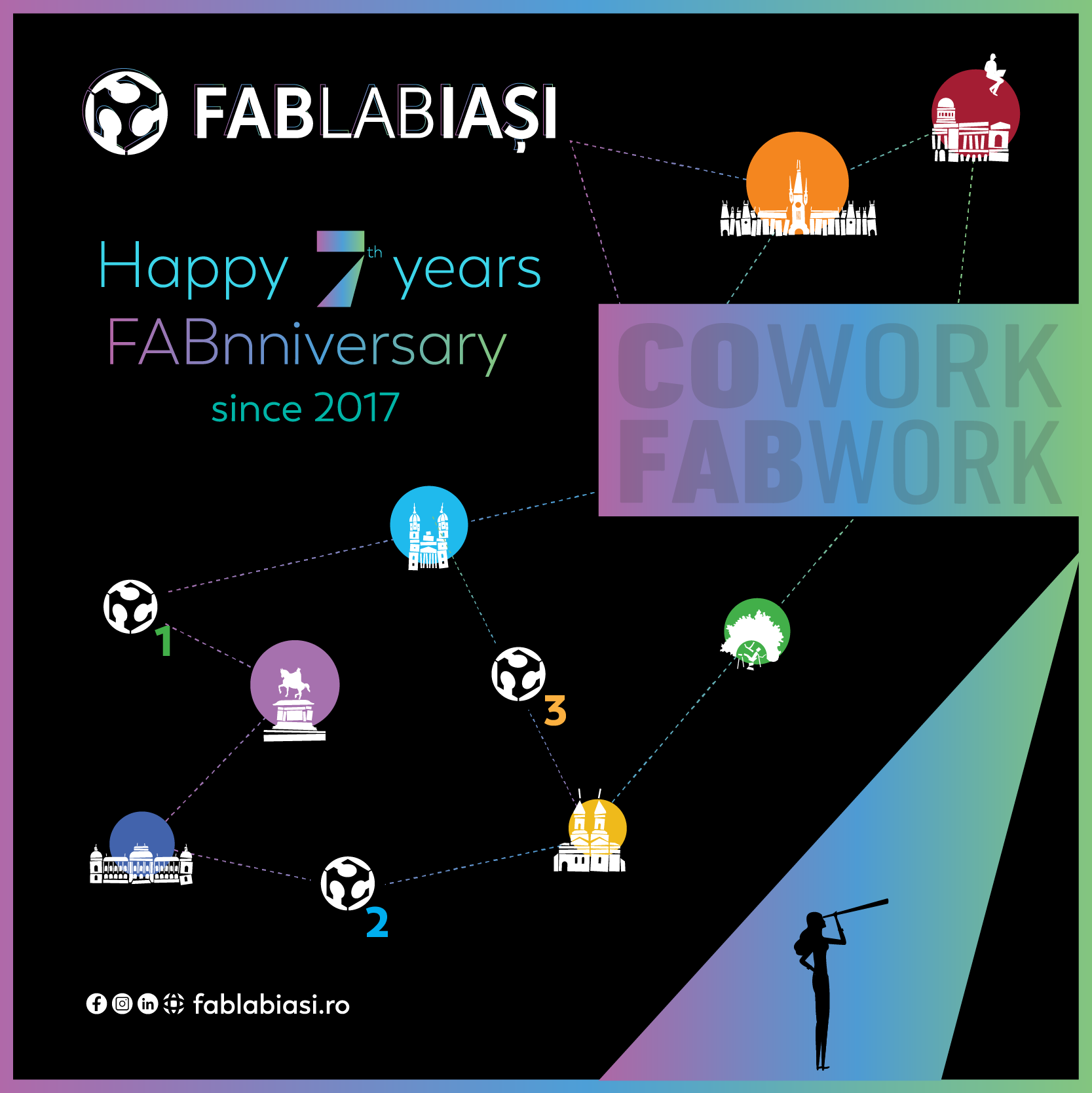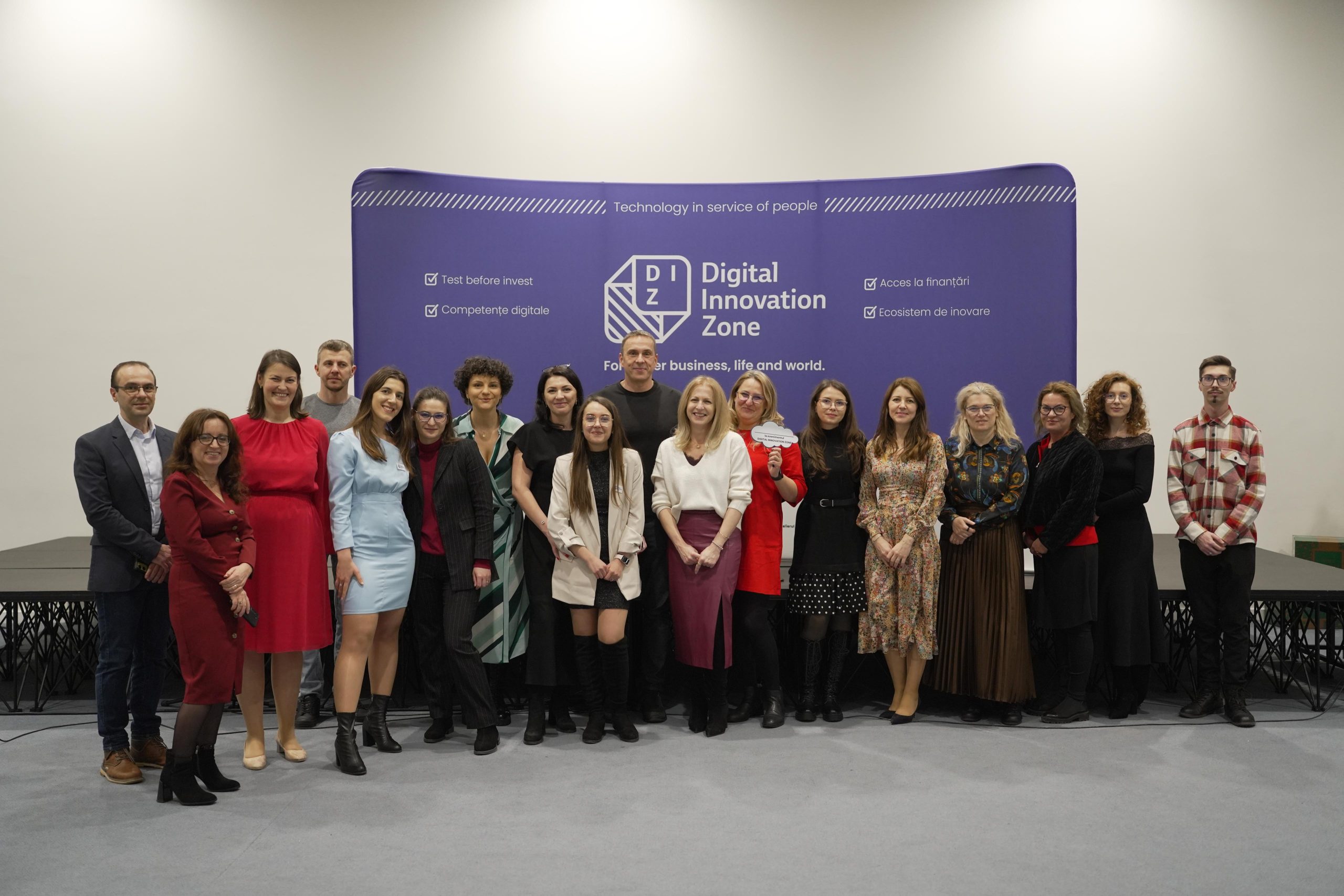Author: Gabriel Manole
The success of an organization is driven by his employees and leadership was overestimated in terms of contributions. This is anyway a debatable subject and will always be, however, in August 2024 Starbucks appointed Brian Nicoll as CEO, snapping him from Chippotle by offering a large set of benefits a remote office in Southern California, a corporate plane for commuting to Seattle and a venti-sized pay package worth upward of $100 million. There’s a New $27 Billion CEO—and He Might Actually Be Worth It – WSJ
All large organizations face the same challenge, the succession plan. Jamie Dimon, the best banker of the last decade, did not nominated the successor and some of the potential contenders were disappointed and left the company. Others will follow in an attempt to take over the lead of the largest bank of United States.
All organizations are hiring juniors, seasoned professionals and very senior people. In large organizations you simply have more chances to get great people as the number are higher. Of course, proportionally you will not get maybe more, but you can’t try several interns in a small enterprise until you get the really good one you would need. The larger organizations have the luxury to get around people with the most different and interesting skills, to work with them and to create teams and leaders.
The leadership planning can be seen as playing strategy games. The most difficult part is when you go through the first levels, and you need to advance the first serious challenge. When the learning phase proposed by the game come to the end, you really have to work hard to make it. With that, I started to think that this big discussion over leadership and why it is important is true but has many facets that you can’t read in Harvard Business Review.
Growth rate and strategy for replacing turn-over
First of all, you do not have many personnel. You need to make it with the people you have, doesn’t matter what your plans are. Any business needs a growing plan, otherwise is a plan to close the business. It might be a tremendous growth in percentage, like tripling the sales, but this challenge is not maybe relevant for the outsiders, as your position in the market can maybe move the 9th figure after the dot. You can’t make an impression with such statement and you need to rely mostly on yourself. It is very usual that you can bring on board mostly beginners, people who are not very qualified, or even some people who merely do the job, but this is what you can get. This is how it starts. When you start every contribution is needed, and you can’t afford to exchange people very often. So stay close to your people and grow together. Be, most of all, creative in overcoming shortcomings. This could become your culture as a company, could bring people together, and give a boost in hard times when your crew could back you up. How can you do that? Try to look on the root cause and avoid immediate finger pointing. Rotate the tasks in the small team to check who is better in doing that particular task. Outsource small things that you cannot control.
Don’t fool yourself, in small organizations you won’t usually find the guys who are skyrocketing talents. You can’t keep them for long, unless maybe you bring them as partners. But every time you need a fresh face, try to hire with the following in mind: I bring a person who will help me to grow. It’s a no-brainer, but it is often the case when one wants to replace a position instead of improving the situation in the mid-term. In a small organization, it is always a scarcity of resources.
Aim high
Yet, the objectives of your small organization could be big. You don’t need to plan linearly. Plan big, plan exponential. Easier to say than to do. However, the big goals and the transformative missions of your organization could help you bring other gifted people near you. Aim high and execute brilliantly. This is how other people will join you. That moment when other leaders will follow you. Of course, when you just want to survive, you don’t need to be so sophisticated in your strategy.
To get others to follow, go above and beyond and share your ideas and results and be genuine in helping others to progress. As Cialdini explained, reciprocity is one of the key principles of influence. When you help others to progress, they will be willing to help you later and, more importantly, would feel good to work with you. Put on top of this the fact that progress would become a cultural characteristic of your organization (let’s grow together) and this could be one of your USP.
So people like to be part of success – theirs and organization’s success.
Peculiar leaders
When you are working in a small organization, you can’t expect that you will find always people who match the ideal characteristics of a leader. Sometimes, the ideal leaders do not fit in your special setup. For a small organization, you might look better to people who do not look like leaders but have an open mind and willingness to learn. Why? Because leadership can also be taught. Spend some time to share your experience and consider using consultants to turn average people into leaders. Sometimes, just training some special guys into a few tricks could improve dramatically the performance of the team instead of hiring a very experienced manager.
The first thing you need to assess when starting such an endeavor is how effective his communication skills are. Not how much he speaks, how good the slides are, and how much she says that he likes your way of working. Focus on the clarity of communication and the ease of expressing his/her thoughts. That will make tremendous difference in the day to day work, as it is the most difficult thing to educate.
The second thing is how fast she is learning. Forget the slow learners, they will be kicked out by the team. Better take a young fast learner than an experienced guy who seems challenged by changes. The fast learners are outpacing the team and can increase their performance, can be exposed to new challenges and even new technologies with a much lower cost for the organization.
Don’t forget your people> Have a plan for them
I like the no-brainers. It is obvious that people are the most important asset of an organization, but very often they are forgotten. There is no clear plan to make them better, to improve always their skills. But, most of all, there is no clear understanding of what is in it for them, for the employees. Try to always align a development plan for them. That will show progress in 3 directions: personal mastery (of a certain domain), career opportunities (not guaranteed, but foreseen), and financial development. With these 3 in mind, you will find the way to the necessary leaders and their will increase their loyalty to the company. Your communication has to be clear that you treat them with respect and you invest in them heavily. In exchange, you expect that they will be open with you and will contribute to the success of the organization.
All in all, be more creative, aim high, love your people and take peculiar leaders into consideration.
And now, let’s see how this would look using AI (Perplexity.AI)
The PERPLEXITY AI Version.
The concept of leadership pipelines in start-ups and small organizations is crucial for ensuring sustainable growth and success. Here are some key insights and strategies based on the provided content and search results:
Importance of Leadership Pipelines
- Talent Development: Leadership pipelines help in identifying and nurturing potential leaders within the organization. This is critical for maintaining continuity and stability, especially in small businesses where resources are limited.
- Succession Planning: Effective succession planning ensures that there are qualified leaders ready to step into key roles, reducing the risks associated with leadership transitions.
Challenges in Small Organizations
- Resource Constraints: Small organizations often face challenges in attracting and retaining top talent due to limited resources and budgets. This makes it essential to focus on developing existing employees into leaders.
- Limited Opportunities for Experimentation: Unlike larger organizations, small businesses may not have the luxury to experiment with multiple hires to find the right fit. Therefore, they must be strategic in their hiring and development practices.
Strategies for Building Leadership Pipelines
- Early Development: Begin leadership development early in employees’ careers. This can involve rotating responsibilities and providing real-world leadership opportunities to identify potential leaders.
- Inclusive Development Programs: Implement leadership development programs that include employees from all levels and departments to foster a culture of growth and collaboration.
- Focus on Employee Development: Invest in comprehensive training and development programs to enhance employees’ skills and prepare them for leadership roles. This not only improves performance but also increases employee engagement and retention.
Cultural and Strategic Considerations
- Aim High and Be Creative: Set ambitious goals and foster a culture of innovation and risk-taking. This can attract talented individuals and encourage existing employees to step up as leaders.
- Reciprocity and Engagement: Encourage a culture of reciprocity where helping others progress is valued. This can enhance employee loyalty and create a supportive work environment.
- Adaptability and Learning: Prioritize fast learners who can adapt to changes quickly, as they can drive innovation and improve organizational performance.
In conclusion, building a leadership pipeline in start-ups and small organizations requires a strategic approach focused on developing existing talent, fostering a culture of growth, and setting ambitious goals. By investing in employee development and creating opportunities for leadership, small businesses can ensure a steady supply of capable leaders to drive long-term success.






























